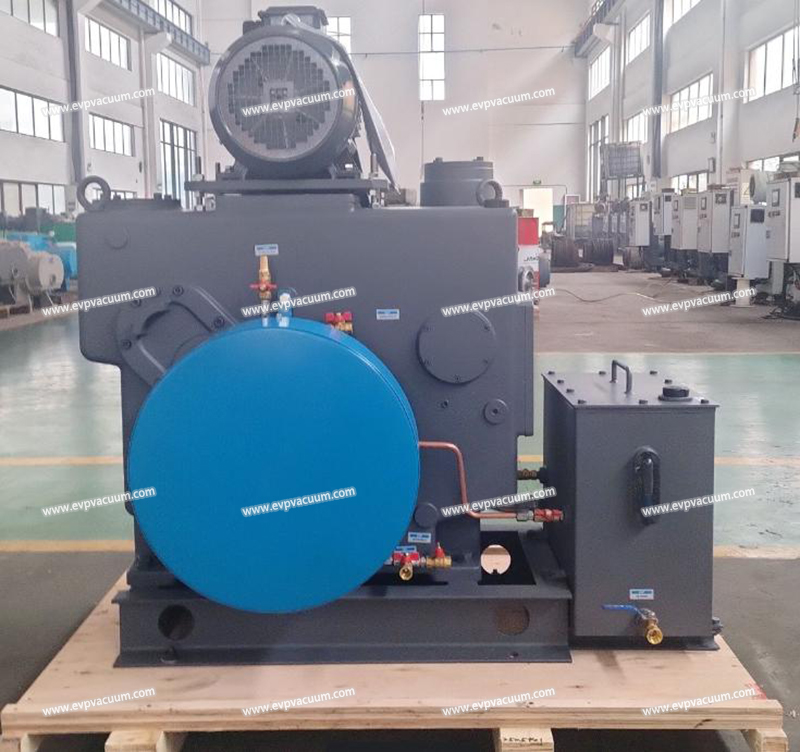Applications of the EVP vacuum ESP auxiliary tank slide valve pump series in the metal smelting (atomization) industry
1.Metal smelting (atomization) process
1)Essentials: First, solid metal is heated, completely melting it into a liquid state, and then the liquid is converted into small particles.
2)Transformation process:
① Shredding and breaking up: In the atomization tower, high-pressure inert gas is typically used to rapidly impact the molten metal, breaking it into countless tiny metal droplets.
② Cooling and solidification: As the hot metal droplets fall, they encounter the cooling atmosphere inside the atomization tower, solidifying into fine metal solid powders and particles.
3)Why is a vacuum environment necessary?
① Prevent oxidation and contamination of the metal, ensuring powder purity: Metals at high temperatures react violently with moisture and air, typically undergoing oxidation reactions. Reactive metals, such as titanium and aluminum, can even burn. Without a vacuum environment, the metal becomes contaminated or even completely destroyed.
② Protecting Equipment: Some metal vapors, such as magnesium, can form explosive mixtures at high temperatures, potentially damaging equipment.
③ Improving Efficiency and Uniformity: A vacuum environment reduces gas flow and eliminates interference from air molecules, improving atomization efficiency and increasing the uniformity of metal powder particle size (molecular collisions).
2.Advantages of the EVPvacuum ESP auxiliary tank series spool valve pump in the metal smelting industry
1)Low corrosion. The oil tank is located at the bottom, not the top, preventing blockage of the oil return port and corrosion of the filter. It also eliminates tar from entering the pump chamber and causing seizure.
2)Low dust. The auxiliary tank spool valve pump has the oil tank at the bottom and the oil inlet at the middle of the pump body. Oil flows upward, and dust and tar settle at the bottom, significantly reducing the chance of pump seizure.
3)Low moisture. Water vapor is generated during pump operation, and an oil tank located above the pump can easily cause emulsification. Because the auxiliary tank spool valve pump’s oil tank is located below, it separates the oil and gas, extending the emulsification cycle.
4)Easy maintenance. Repairs and cleaning of older models require disassembling the oil tank, which affects on-site piping. The auxiliary tank is located separately on the side, eliminating the need to modify on-site connections.
(The article comes from the Internet. If reprinting is not allowed, please contact our company to delete it.)

